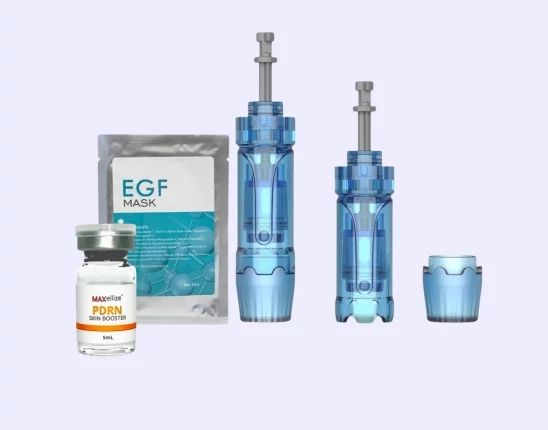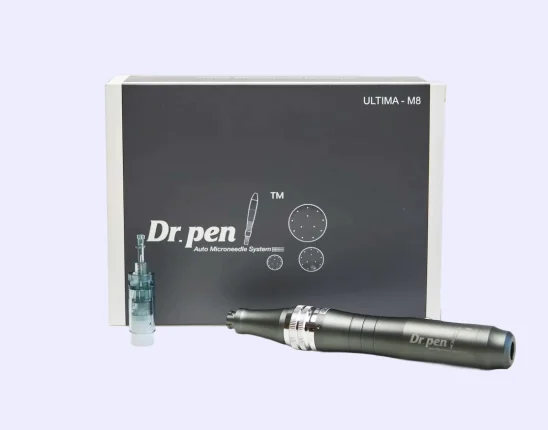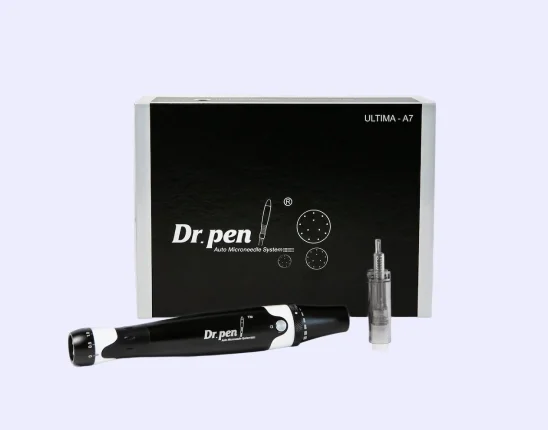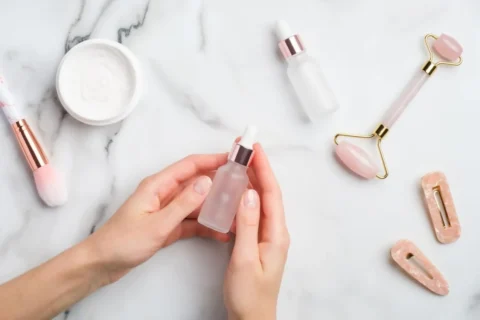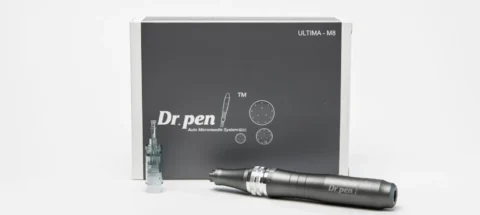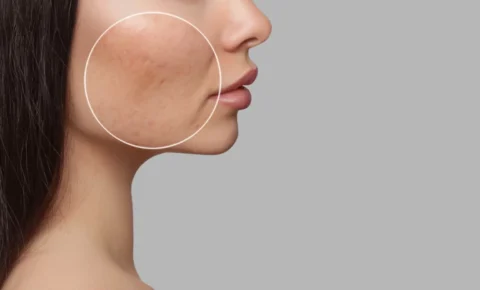Microneedling and laser skin resurfacing are two good aesthetic treatments for those looking to get rid of dead skin cells and promote skin rejuvenation. But these two have very different procedures and are not suitable for all skin types. It’s best to discuss your skin type and skin condition with a dermatologist or medical professional to know which procedure is right for you.
So which is better for your skin? Microneedling works on most skin tones, while laser skin resurfacing works better on people with lighter skin tones. If you don’t want to risk getting scars on your skin, go for laser treatments. But if you don’t want to risk getting discolored skin, then microneedling would work better for you. Both microneedling and laser skin resurfacing are mostly done on the face, and can also be done at home, but if you want guaranteed results, then you can visit an aesthetician to get the procedure done for you.

Get Everything You Need for Your Microneedling Pen and More at 20% off Your First Order with Code “20OFF”!
The Microneedling Pen treatment requires only the best equipment to deliver treatments and results your patients will love. Get your best Microneedling Pen equipment and more at FACE Med Store today!
You can create an account here.
Microneedling vs. Laser Skin Resurfacing
Although microneedling and laser resurfacing can treat similar skin issues, these are done in different ways.
In a microneedling treatment, a medical professional uses a microneedling tool to puncture microchannels into your skin. This aesthetic procedure is generally done on a patient’s face, but it can also be done on the body and scalp. These holes are microscopic, but they’re enough to trigger your skin’s trauma response, which causes your body to initiate production of collagen and elastin. These substances not only heal your skin with new skin tissue, but can also result in youthful, firmer skin.
Microneedling procedures with small needles is enough to trigger this response, but treatments with longer needles can penetrate beyond the upper layer of skin and help repair issues rooted in the deeper layers of skin, like stretch marks and wrinkles.
Laser skin resurfacing, on the other hand, is a facial rejuvenation procedure, so it’s generally focused on your facial skin. First, your dermatologist will decide which laser is best for your skin: an ablative or nonablative laser.
An ablative laser removes the outer layer of skin, heats the dermis layer, and stimulates the production of collagen. As the skin heals, the new skin tissue is smoother, tighter, and more even. A non-ablative laser does not wound the skin while stimulating collagen growth. However, it’s not as effective on deeper-rooted skin issues.
A medical professional will use the fractional laser on the treated area. Depending on the type of laser used, you can either have skin problems like acne scars and dark spots removed, or you can have additional collagen produced to help rebuild your skin using younger, healthier cells. After the procedure, the treated area will result in an even skin growth with little to no signs of blemishes.
Pros and Cons
| Microneedling | Laser Skin Resurfacing |
| Pros | |
| Helps skincare products become more effective. The holes (microchannels) can help skincare products penetrate the deep layers, making them more effective. Can be used for all skin types. Microneedling does not use heat, so it will not discolor the skin of patients with darker skin. Can be done at home. At-home microneedling tools can be purchased by everyday users. These microneedling devices aren’t as strong as the tools in a cosmetic clinic, but it’s the more practical solution for those who want to increase their body’s collagen production. | Quicker results. Lasers do more drastic changes to the skin, which means the results are more visible after the skin heals. This is ideal for spots, skin texture, enlarged pores, and other problem areas. Results last longer. After the treated area fully heals, you can expect the effects to last several years. No incisions during the procedure. Unlike microneedling which punctures the skin, laser skin resurfacing uses heat to penetrate the skin. This reduces the chance of getting scars from your procedure. |
| Cons | |
| Takes weeks to see visible results. Microneedling’s initial changes are very subtle, and it takes weeks and multiple sessions before you see any visible changes to your skin. Not for those with bacterial skin infections. Those who have active infections or are currently treating conditions like acne, eczema, and psoriasis are unsuitable candidates for this procedure. The bacteria can enter the microchannels and develop an infection. At-home microneedling can cause scarring. While microneedling can be done at home, those who use their microneedling device wrongly can be prone to scarring and bacterial infection. | More expensive than microneedling. Microneedling can cost around $200 to $700 per session. The average cost of a laser skin procedure is $1,963 for ablative laser and $1,201 for non-ablative laser. Longer downtime. While microneedling has little to no downtime, ablative laser treatments have much larger wounds and will require a few days to recover. Risk of discolored skin for darker skin tones. Skin color can have an effect on the final result. A patient sporting a darker skin type is more prone to permanent skin discoloration than one with lighter skin. |
Can Both Procedures Be Used Together?
Both microneedling and laser skin resurfacing can be combined to give you better results. It is possible to have laser treatments followed by microneedling on the same day, but expect that there might be more pain due to the sensitivity of the area you’re trying to treat. You can also alternate these treatments and have them separately, but this must be upon the recommendation of your aesthetician/dermatologist.
Aftercare Procedure
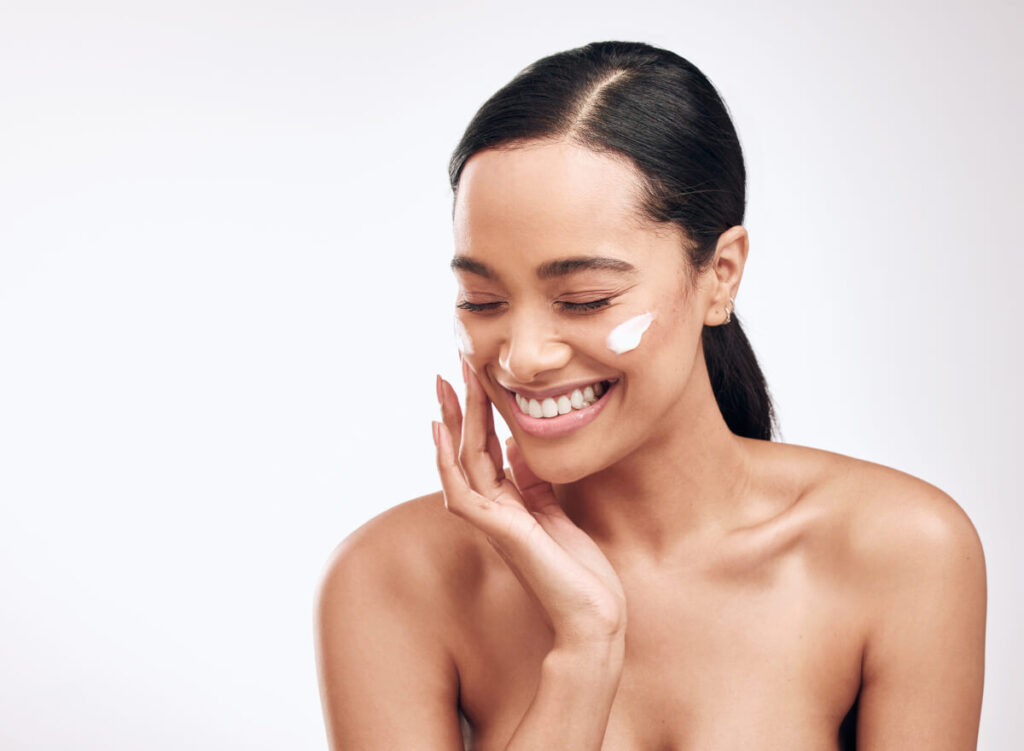
Downtime and recovery time can vary depending on the type of procedure you have. Non-ablative laser skin resurfacing and microneedling with shorter needles require little to no downtime, though those with sensitive skin might find themselves taking over-the-counter painkillers to manage the slight pain after the procedure.
Microneedling with needles longer than 2 millimeters is likely to puncture deeper into the skin, so patients who have these may require a day or two to recover. While recovering, practice the following to avoid infections and unnecessary pain:
- Avoid prolonged sun exposure for up to two weeks. If you have to go outside, wear an SPF 30 sunscreen for at least one month to avoid skin discoloration, as sunlight may damage your skin.
- Avoid baths (showers are OK) and swimming pools for two weeks.
- You can continue your skincare routine, but avoid the following:
- Harsh cleansers (your doctor will recommend a gentle cleanser to use)
- Perfumed skin care products
- Skincare products with active ingredients (ex. hyaluronic acid, retinol, salicylic acid, vitamin C, kojic acid, etc.)
- Essential oils
- All makeup products
- Avoid touching or scratching the treated area, especially with unwashed hands. This can cause bacterial infection.
Ablative laser surgery, on the other hand, will result in raw and itchy skin after the procedure. It can take up to two weeks of recovery before the wound is fully healed. During this time, practice the following:
- Avoid using makeup, skincare products, and sunscreen. Use a saline solution to clean the treated area up to five times per day. Moisturizer may be allowed, but you’ll have to ask your doctor if your moisturizer brand is safe.
- Avoid prolonged sun exposure. Even after your skin has fully healed, it’s recommended that you avoid prolonged sun exposure for up to one year to avoid discoloration. If you have to go outside, use an SPF 30 sunscreen.
- Avoid swimming pools, hot tubs, and any place that can infect your skin.
What to Expect After Your Treatment
If this is your first microneedling treatment, expect very subtle changes in your skin’s appearance. Microneedling requires lots of time and multiple sessions before you can see gradually visible results. How often your microneedling treatments are scheduled depends on the needles you are using: microneedling sessions with shorter needles can be scheduled weeks apart, while longer needles require monthly intervals.
Laser treatments, on the other hand, result in drastic changes to the skin after the first session. After your skin fully heals, expect the effects to last for several years, especially if you know how to take care of your skin. However, factors like prolonged sun exposure, age, and your environment can reverse the effects of the procedure, and you may need to repeat the treatment or have maintenance procedures done after a few years.
Microneedling or Laser Treatments?
Microneedling is best for patients who generally want youthful-looking skin. If your goal is exfoliation, this is the more affordable option that’s available to all skin types and requires less downtime, though it’ll be a while before you see those results. Laser treatments, on the other hand, are better for those who want to treat deeper problem areas on their skin at a faster rate while still achieving healthier-looking skin, though at a risk of discoloration for certain skin types. Talk to your doctor about which procedure is best for your skin goals.
FACE Med Store provides medical supplies and tools to aesthetic centers and cosmetic clinics. Our top-notch products ensure our partners have the supplies to keep operations running smoothly, maximize customer satisfaction, and drive profits for businesses looking for cost-effective solutions.
Visit our online store today.

